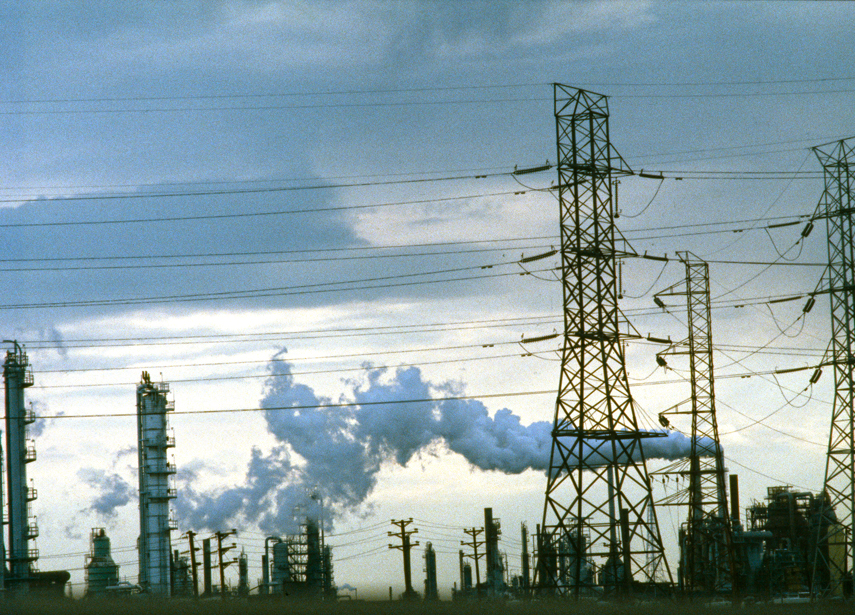Over the northeast United States, ground-level ozone will peak in the winter rather than the summer thanks to continued reductions of regional nitrogen oxide emissions from smokestacks and tailpipes.
ozone
Posted inResearch Spotlights
What Causes Nitric Oxide to Infiltrate the Ozone Layer?
Processes in the polar atmosphere can cause nitric oxide (NO)-enriched air to descend and destroy stratospheric ozone. Scientists explore one cause of these NO fluxes, stratospheric sudden warming.

